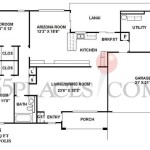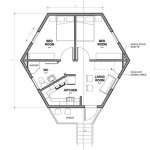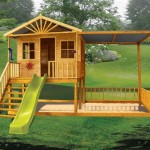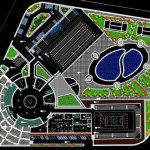Essential Aspects of Chinese House Plans
Chinese house plans embody a rich blend of tradition and modern elements, showcasing unique architectural features and design principles. Understanding the key aspects of these plans can provide valuable insights for those interested in Chinese culture and architecture.
Architectural Styles
Chinese house plans feature diverse architectural styles, ranging from traditional courtyard houses to contemporary high-rise apartments. The most iconic style is the Siheyuan, a courtyard house with four buildings arranged around a central courtyard. This design allows for privacy, natural ventilation, and a sense of community.
Structural Elements
Chinese houses are typically constructed using timber frames and brick walls. Roofs are pitched and often adorned with elaborate tiles or glazed tiles in various colors. Decorative elements such as brackets, eaves, and lintels enhance the visual appeal of the house.
Layout and Space Planning
Chinese house plans prioritize the flow of qi, or energy, throughout the space. This is achieved through the placement of doors, windows, and furniture. The main entrance of the house is often located at the rear, providing a sense of privacy and security. Interior spaces are often divided into functional zones, such as the living room, dining room, and bedrooms.
Feng Shui Principles
Feng Shui, an ancient Chinese philosophy, plays a significant role in the design of Chinese house plans. It seeks to harmonize the flow of energy within a space to promote well-being and prosperity. Factors such as the orientation of the house, the use of specific colors and materials, and the placement of furniture are carefully considered.
Courtyards and Nature
Courtyards are an essential element of many Chinese house plans. They provide a sense of tranquility and connection to nature. Courtyards are often landscaped with plants, water features, and seating areas, creating an oasis within the home.
Modern Influence
Contemporary Chinese house plans have incorporated modern architectural elements while retaining traditional influences. High-rise apartments and luxury villas blend modern design with traditional Chinese motifs. This fusion of styles creates a unique and vibrant architectural landscape.
Conclusion
Chinese house plans reflect a balance between tradition and modernity, showcasing the rich cultural heritage and architectural ingenuity of China. By understanding the essential aspects of these plans, one can gain a deeper appreciation for the unique design principles that shape the homes of this fascinating culture.

Plan Of The Typical Standard Three Courtyard House Beijing Drawing Scientific Diagram

Chinese Courtyard House Traditional Plans

Traditional Chinese House Layout Google Search Courtyard Plans Japanese

Courtyard House Plans Model Plan

Parametrising Historical Chinese Courtyard Dwellings An Algorithmic Design Framework For The Digital Representation Of Siheyuan Iterations Based On Traditional Principles Sciencedirect

Chinese House Design Village Courtyard Plans
Is It True That Traditional And Or Ancient Chinese Homes Are Made Of Separate Buildings Particularly The Expensive Ones Do You Know Any Sites With Floor Plans I Can Look At

Courtyard House Plans Model Plan

Light Steel Structure Chinese Style Villa House Wuxi Integrated Housing Technology Co Ltd

Floor Plans Honey Lake House 58 Shehen Guangdong China The Pinnacle List








